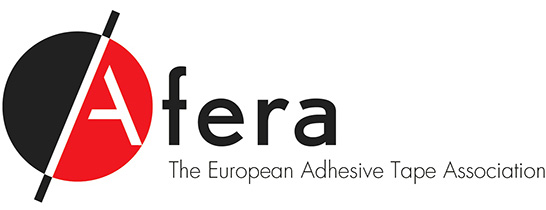Transparent tape and metal nanoparticles: a revolutionary plaster?
We are all familiar with adhesive bandages, commonly known as (sticky) plasters: small dressings used for injuries that do not require full-size bandages. Plasters don’t just hold the cut ends of the skin together and stop the bleeding, they protect cuts against dirt, damage, (chlorinated) water, other external fluids, contaminants, or even bacteria. It just depends on which variety you buy. Some have antiseptic properties; others contain iodophor, a preparation with iodine and a solubilising agent used in the manufacture of anti-microbial skin closures. The latter are used to attack the most common pathogens causing surgical site infections. There are even skin closure strips combined with a transparent film dressing to protect wounds against viral and bacterial infection.
So adhesive bandages help stop bacteria from entering our body through the damaged skin. Most of us already knew that. According to Rachel Ehrenberg (who writes for New Scientist magazine), there is an alternative way to keep bacteria and viruses at bay. A roll of ordinary transparent adhesive tape can be turned into a handy and useful antibacterial film. That should be easy. Well, apparently it’s not! You need to deposit metal nanoparticles onto a film surface in order to get remarkable properties. Silver turns it anti-bacterial, copper anti-fungal, and gold makes the film conduct electricity. In most cases a harsh chemical bath to break the bonds on the film surface is needed to avoid rejection of the nanoparticles. Come on!
In theory the above is all true, and reading on I initially got the impression that ultimately it wouldn’t be that complicated at all, as there is already adhesive tape available that comes primed to do chemistry. But, as they say, the sting is still in the tail. Please decide for yourselves after reading the following Rachel Ehrenberg quote: “Just unpeeling it breaks chemical bonds in the adhesive, priming it to react with metals like silver or copper, Bartosz Grzybowski of Northwestern University in Evanston, Illinois, and colleagues have found. This means that if you want to coat the tape with nanoparticles, you can simply peel off a length and soak it in a solution of metal salts. For large sheets of tape that aren't on a roll, physically pressing on the tape primes it to react with the solution.”
This new development is certainly worth exploring further, but in the meantime it might be wise to stick to ‘good old’ plasters.
If you would like to learn more about 3D printing and tape, please contact one of our members or visit their websites.
